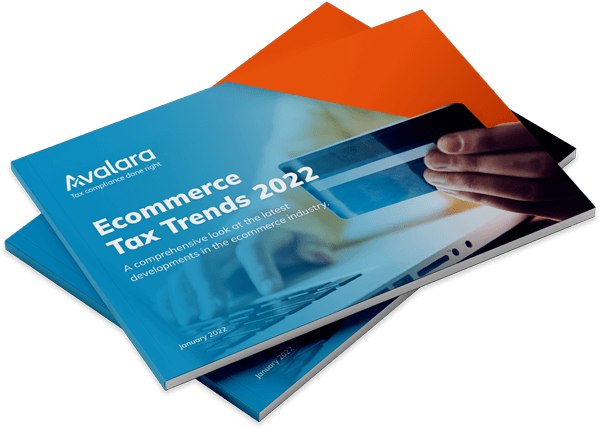
Real-time data: Revolutionising tax compliance
The digitalisation of invoicing has been growing across global territories in recent years, and deploying future-proof solutions for e-invoicing compliance is among the top priorities for businesses everywhere.
When it comes to improving tax compliance, real-time data and live reporting are key. In this article, we’ll take a closer look at how real-time data can improve decision-making, and the importance of live reporting as it relates to e-invoicing compliance.
Real-time data can help you make more informed decisions
Businesses can use real-time data-derived updates to track their tax obligations when they arise, and use the information to make more informed decisions about allocation of resources and relevant payment schedules. They can immediately see whether they’re on track to meet their tax obligations, or if they need to take action to avoid noncompliance issues.
Real-time data can help businesses forecast their upcoming tax obligations more accurately by predicting future VAT payments based on current sales data, or anticipating the tax impact of planned business activities. The more accurate, prescient, and timely the data is, the more it can help businesses to manage their cash flow and avoid unexpected costs.
According to Deloitte, approximately 60% of organisations surveyed indicated that their business was either exploring the use of data analytics or was extremely focused on using it to drive overall business effectiveness and strategy.
Real-time data is also a significant factor in the emergence of live reporting. But what is live reporting, and what about it gives businesses an edge in the world of tax compliance?
What is live reporting?
Live reporting is when a vendor must electronically transmit tax data directly to tax authorities in real time. For tax authorities, the advantage of receiving information in real time is they can better estimate a company’s income, detect discrepancies and fraud earlier, and track performance and trends across the economy.
The advantage of live reporting for businesses themselves is that it enhances transparency in tax compliance by leveraging real-time data. By helping to ensure the tax authorities are provided the latest and most accurate data, the speed and quality of the taxation process is improved in turn, which is advantageous for both parties. The improved accuracy of real-time data-derived tax reports can reduce the risk of costly penalties due to late or incorrect tax filings.
Using live reporting to revolutionise efficiency and tax compliance
So, how else can businesses leverage live reporting to improve their efficiency and achieve their tax compliance goals?
Firstly, technology can automate the live reporting process. A compliance solution with live reporting capabilities can help your business keep pace with e-invoicing mandates and requirements across the EU and beyond, as well as free up your team to focus on other tasks.
Countries such as Mexico have mandated the use of e-invoices and live reporting for all businesses, making it a necessity for companies operating in the country to invest in these relevant solutions. Indeed, as Avalara has previously reported, a number of nations within the EU have also made the shift to e-invoicing and live reporting.
Furthermore, live reporting can streamline tax compliance processes, saving time and resources through digital solutions that cut out unnecessary minutiae and decrease the amount of labour spent on auditing.
Avalara: Your solution for e-invoicing
Avalara solutions can help your business gain access to real-time data insights, live reporting capabilities, and additional tax compliance tools to improve and streamline your operations.
Avalara can help future-proof your organisation against upcoming e-invoicing mandates, save additional costs, boost efficiency, and enhance your existing tech stack.
If you’d like to learn more about how to integrate live reporting into your workflow, check out Avalara E-Invoicing and Live Reporting today.
Ecommerce Tax Trends Report 2022
Get a comprehensive look at the latest developments in the ecommerce industry.

Stay up to date
Sign up today for our free newsletter and receive the latest indirect tax updates impacting businesses selling internationally straight to your inbox.



